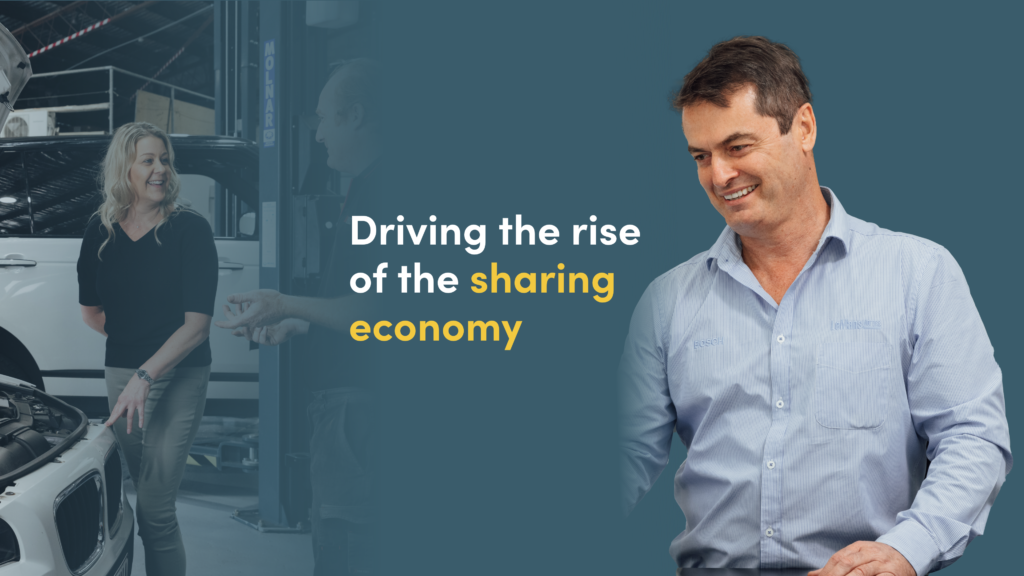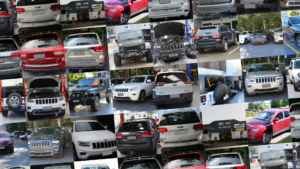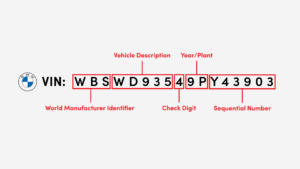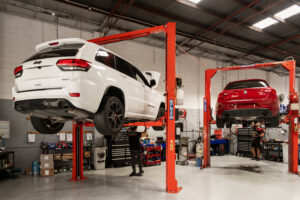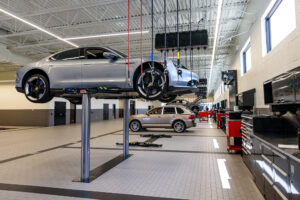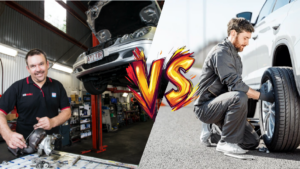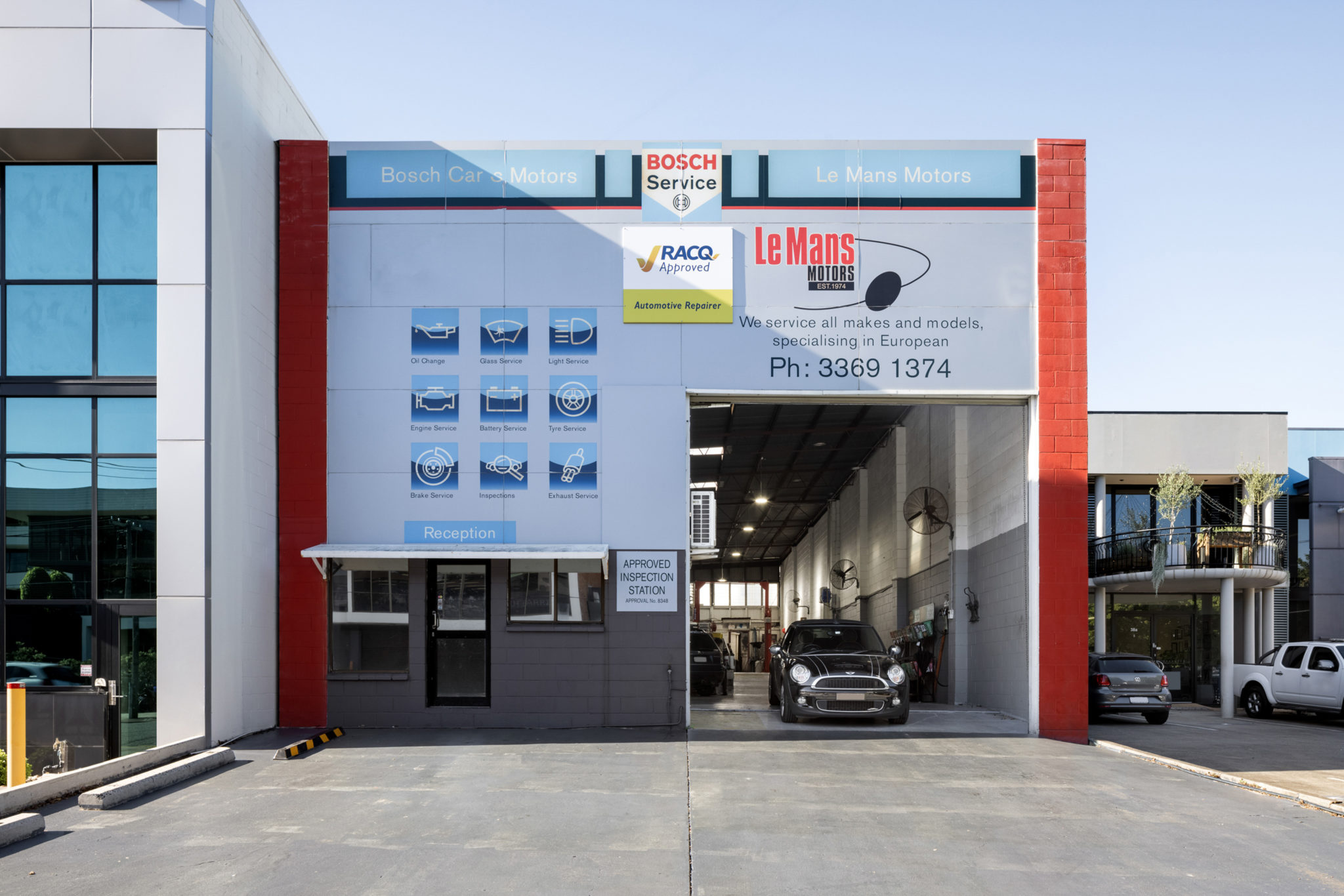You can zoom to work on a Lime scooter, get home in an Uber, and order dinner from Menulog. As resources continue to become more expensive, and our awareness of reducing our consumption has grown, digital platforms and startups have offered up the solution – sharing.
What is the sharing economy?
Communities of people have shared the use of assets for thousands of years. The advent of the Internet and its use of big data has made it even easier for asset owners and those seeking to use those assets to find each other. This kind of dynamic is referred to as the ‘shareconomy’ or ‘peer economy’. In a sharing economy, idle assets such as spare bedrooms and parked cars can be rented out when not in use. In this way, physical assets are shared as services. Platforms such as Airbnb, ebay, Airtasker and Uber are at the forefront of this community based phenomenon. Spurred primarily with the growth of Airbnb and Uber, the shareconomy is expected to grow to a forecasted $35 billion by 2025.
What is the gig economy?
Australia is well on its way to establishing a gig economy, and estimates show as much as a third of the working population is already in some gig capacity. In a gig economy, large numbers of people work in temporary or part time positions, or as independent contractors. The product of a gig economy is cheaper, more efficient technological services such as Uber and Airbnb. Cities tend to have the most highly developed services, being more entrenched in digitisation. A wide variety of positions fall into the category of a gig. The work can range from driving for Didi, chauffeuring food with Deliveroo, to writing code or freelance articles.
Peer-to-peer car rental services and the pandemic
With financial hardships and unemployment rates on the rise amid the pandemic, many Australians can’t afford to outright buy a car or don’t want to commit to car payments. Car sharing services such as Car Next Door present a different option. Car Next Door CEO Will Davies said bookings have soared in the past year as Aussies shunned public transport due to coronavirus fears and the car market boom skyrocketed the price of new and used cars. Davies said the company aims to break the “one person, one car” mentality by turning every car into a shared resource that could take up to 10 other cars off the road.
Is the sharing economy sustainable?
Many sharing platforms pitch a solution to waste, pollution and excess. Though a debate has been sparked as to whether these new services do more damage than good. Certain bike sharing apps promise to take cars off the roads and encourage exercise, but photos of ‘bike graveyards’ show the consequences of sharing gone wrong. In this example, quick expansion in an oversaturated market.
The gig economy has also faced scrutiny as a form of exploitation with little protection for workers. For instance, Uber has been dogged with a number of controversies including failing to do proper background checks on its drivers and providing poor working conditions, both of which Uber denies.
Why has the ‘shareconomy’ grown so quickly?
Technology and cultural shifts have been the biggest drivers behind the growth of the sharing and gig economies. Corporations have been able to tap into the informal economy and capture some of its value. Micro-transactions and peer-to-peer reviewing have facilitated ease and trust in online sharing. These modern day economies play into a cultural shift, where young people in particular are more comfortable with accessing goods as opposed to owning them.
The impact on new mobility services on the Automotive Industry
Ridesharing and peer-to-peer car rental services are one aspect of the growing ‘shareconomy’ which, enabled by digital tools, is transforming the Australian economy. The agility of these new businesses and their widespread impacts have captured the attention and imagination of the public, industry and the government.
Moreover, Uber’s self-driving car business is already valued at $7.25 billion, while the company also gathers more data about users’ travel behaviour, including on public transport. While driverless cars have been lauded as innovations that will cut down on traffic time, road accidents and the hassle of driving, much like these sharing economy platforms, for every good thing there are always unintended negative consequences. Some economists predict that a decline in private ownership of cars as a result of a shareconomy could destroy the automobile industry, representing the loss of many jobs both directly and indirectly, as well as billions of dollars in economic output. Some however, see these innovations as opportunities to transform the automotive industry for the better, creating more jobs and promoting a more sustainable economy.
The advent of peer-to-peer services has already disrupted and revolutionised the way we get around. Ridesharing technology has decimated the taxi industry, meanwhile carmakers have enjoyed record sales. While shareconomy technologies are still relatively new, it is without question that they pose an interesting discussion for the automotive industry in Australia.
—

